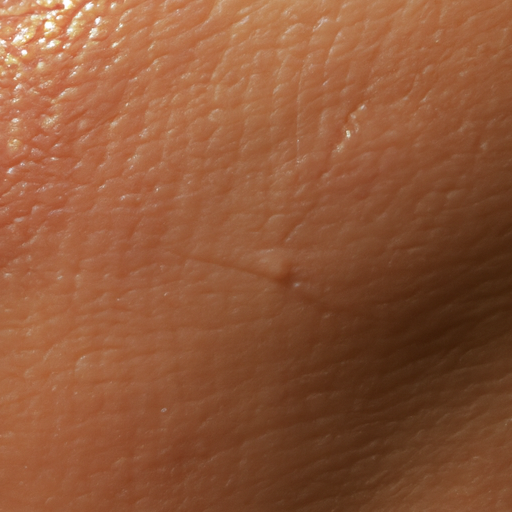As a medical professional, I often encounter patients who struggle with oily skin. The excess oil production can lead to a myriad of skin issues such as acne, blackheads, and enlarged pores. However, with the right treatment and care, it’s possible to manage oily skin effectively and reveal a radiant complexion. This article aims to unmask the radiance beneath oily skin by providing an ultimate guide to oily skin treatments.
Firstly, it’s essential to understand the root cause of oily skin. Sebaceous glands in our skin produce sebum, a natural oil that helps protect and hydrate the skin. However, when these glands overproduce sebum, it results in an oily complexion. Factors contributing to this overproduction can range from genetics and hormonal changes to stress and environmental conditions.
Now, let’s delve into the various treatments available for oily skin.
1. Topical Treatments: Over-the-counter products containing ingredients like salicylic acid, benzoyl peroxide, and retinoids can help control oil production and prevent acne breakouts. These ingredients work by unclogging pores and reducing inflammation. However, they can be drying, so it’s crucial to use them sparingly and in conjunction with a non-comedogenic moisturizer.
2. Prescription Medications: If over-the-counter treatments aren’t effective, a dermatologist may prescribe stronger medications. These can include topical retinoids, oral contraceptives (for women), or isotretinoin for severe cases.
3. Skincare Routine: A consistent skincare routine is vital in managing oily skin. This should include cleansing twice a day with a gentle, oil-free cleanser, followed by a non-comedogenic moisturizer. Despite the common misconception, moisturizing is crucial for oily skin as it prevents the skin from producing more oil to compensate for dryness.
4. Lifestyle Changes: A healthy diet and regular exercise can also contribute to improving oily skin. Foods high in sugars and fats can stimulate oil production, so it’s advisable to consume a balanced diet rich in fruits, vegetables, lean proteins, and whole grains. Regular exercise helps by reducing stress levels, which can trigger oil production.
5. Professional Treatments: For persistent oily skin, professional treatments like chemical peels, microdermabrasion, or laser therapy can be considered. These treatments work by removing the top layer of the skin, reducing oil production, and minimizing the appearance of pores.
While these treatments can help manage oily skin, it’s important to remember that everyone’s skin is unique. What works for one person may not work for another. Therefore, it’s crucial to consult with a dermatologist or skincare professional before starting any new treatment.
In conclusion, managing oily skin requires a combination of the right treatments, consistent skincare routine, and healthy lifestyle habits. With the right approach, you can control excess oil production and unmask the radiant, healthy skin beneath. Remember, having oily skin is not a flaw; it’s just a skin type that needs specific care. With patience and persistence, you can transform your oily skin into a glowing complexion.



